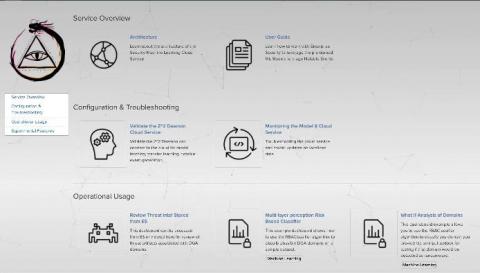Detecting Google Cloud Platform OAuth Token Abuse Using Splunk
In a recent post by the Splunk Threat Research team, we addressed permanent and temporary token/credential abuse in AWS and how to mitigate credential exposure. With 94% of Enterprises using a cloud service, and some using at least five different cloud platforms, it’s imperative to stay ahead of threats across multicloud environments. Let’s now turn our attention to Google Cloud Platform (GCP) and how to detect and mitigate OAuth Token Abuse.










